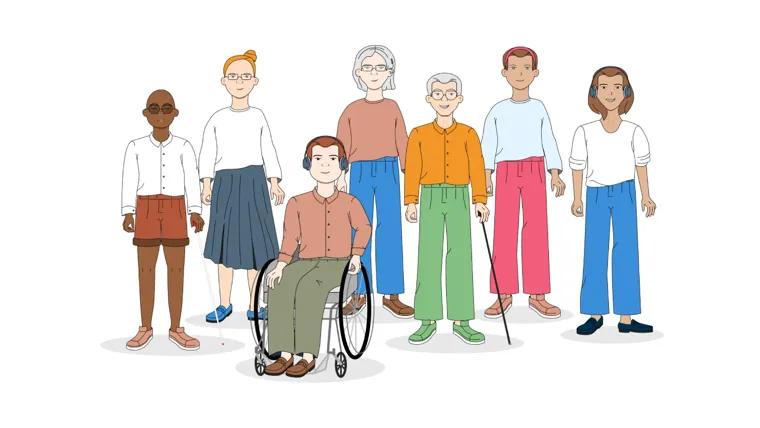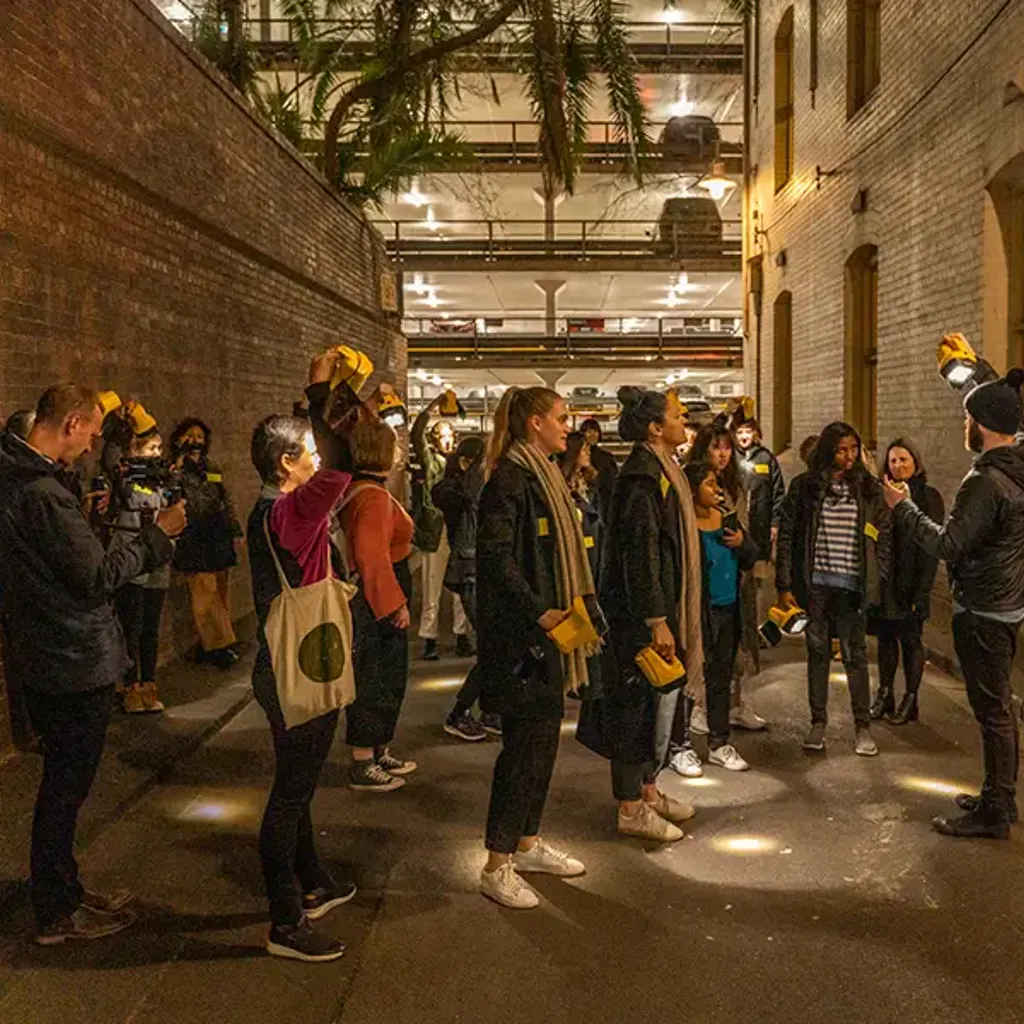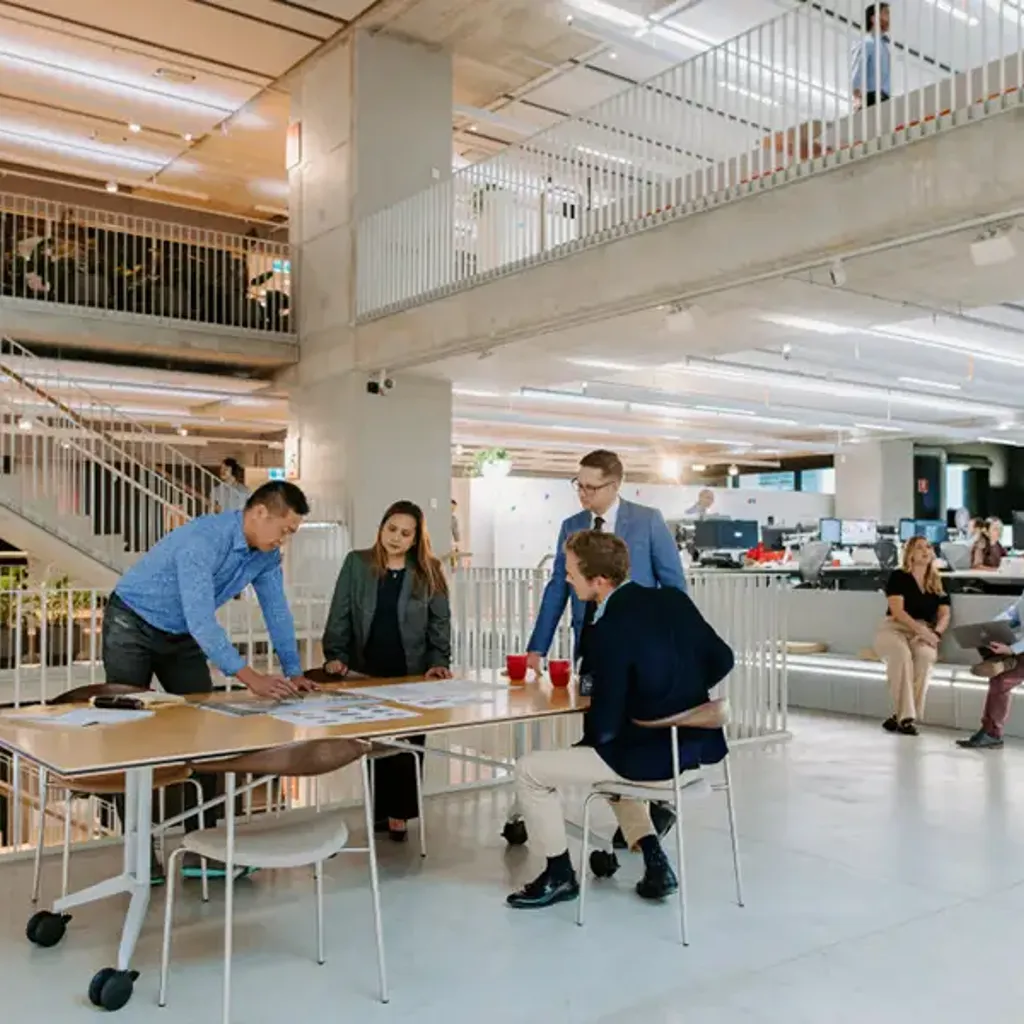Aural Diversity Toolkit
Arup and the Aural Diversity Network have developed a toolkit to help designers create spaces and environments that meet the needs of everyone.

Last updated: February 2024
Aural diversity refers to a wide range of auditory experiences and abilities. It recognises differences in how individuals perceive and interact with sound. This can include people who have different levels of sensitivity to frequencies and volumes, are particularly attuned to some types of sound, who experience and process sound in a different way, who are more reliant on hearing to compensate for other sensory loss or who have no hearing at all.
This toolkit captures the lived experiences of real people. Through questionnaires and interviews, we developed a series of anonymised, aurally divergent personas to facilitate a design dialogue and enable designers and engineers to make evidence-based decisions around inclusive acoustic design. These personas are presented in this toolkit alongside the findings of our research and emerging design advice.
A downloadable version has been designed to work with most assistive tools such as screen readers. We would welcome feedback from users that rely on these tools so we can look to continually improve our provision of materials for recipients. Please email accessible-environments@arup.com
Download this publication
-

Acoustic Awards 2024
Insights
Explore more on inclusive cities
Designing for the night: why 12-hour cities can’t sustain a 24-hour economy

Digital, human, inclusive – how to design a workplace for neurodivergent people

Racial Equity and the City: Experiences of People of Colour in London

Queer Perspectives on Public Space

